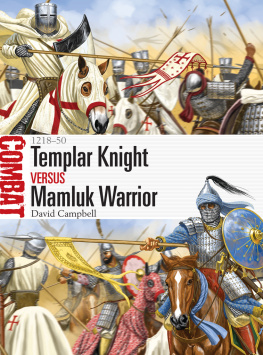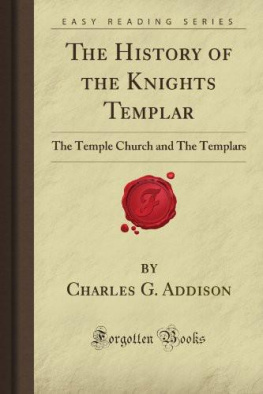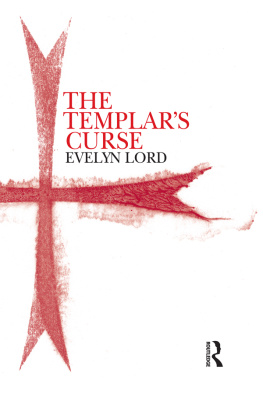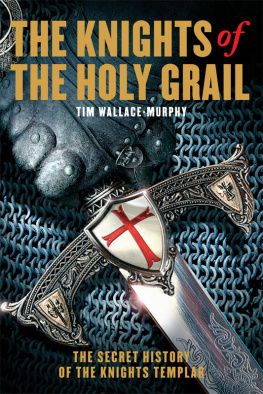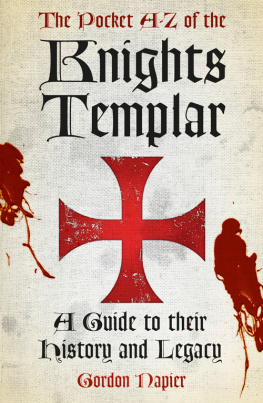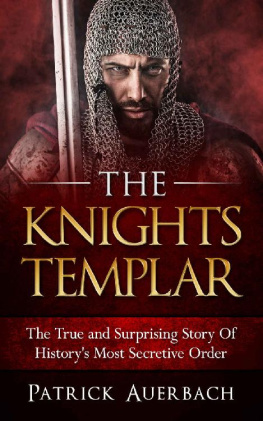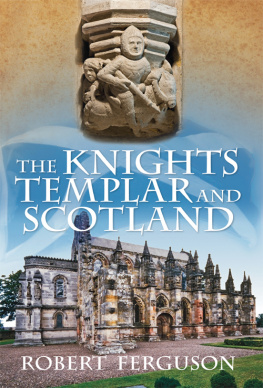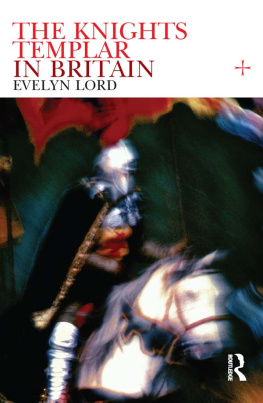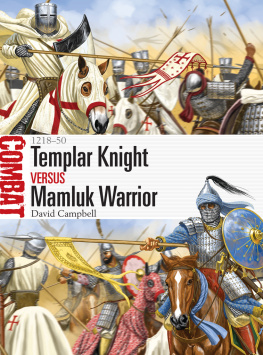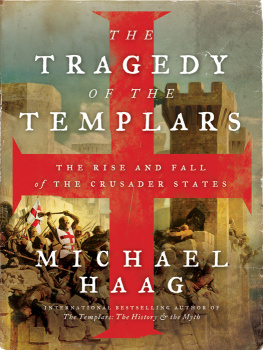
First published in Great Britain in 2015 by Osprey Publishing,
PO Box 883, Oxford, OX1 9PL, UK
PO Box 3985, New York, NY 10185-3985, USA
E-mail:
Bloomsbury is a registered trademark of Bloomsbury Publishing Plc
Osprey Publishing, part of Bloomsbury Publishing Plc
This electronic edition published in 2015 by Bloomsbury Publishing Plc
2015 Osprey Publishing Ltd.
All rights reserved
You may not copy, distribute, transmit, reproduce or otherwise make available this publication (or any part of it) in any form, or by any means (including without limitation electronic, digital, optical, mechanical, photocopying, printing, recording or otherwise), without the prior written permission of the publisher. Any person who does any unauthorised act in relation to this publication may be liable to criminal prosecution and civil claims for damages.
A CIP catalogue record for this book is available from the British Library
Print ISBN: 978-1-4728-1333-6
PDF ebook ISBN: 978-1-4728-1334-3
ePub ebook ISBN: 978-1-4728-1335-0
Typeset in Univers, Sabon and Adobe Garamond Pro
Maps and diagrams by bounford.com
Osprey Publishing supports the Woodland Trust, the UKs leading woodland conservation charity. Between 2014 and 2018 our donations are being spent on their Centenary Woods project in the UK.
www.ospreypublishing.com
Authors dedication
This book is dedicated to Geoff Banks, in the faint hope that such an honour might encourage him to actually read the text rather than just look at the pictures.
Authors acknowledgements
I would like to thank the following: the Verger and staff of Temple Church, London for their kind permission to photograph the effigies contained therein; Dr David Nicolle, for his advice and kind permission to use some of his original photography; David Greentree, without whom I would not have gone down this particular path; Graham Campbell, for paying the bills among other things; Rick Lippiett, for his useful advice and contacts; Geoff Banks, for a miscellany of exceedingly small but nevertheless useful tasks; Gkmen Altinkulp, whose practical knowledge of Turkish horse-archery traditions and equestrianism proved both insightful and a material aid in the writing of this book; Lukas Novotny of the Saluki Bow Company (www.salukibow.com), for his generous help in answering questions and providing images; the staff of Southsea Library; the British Library (http://www.bl.uk/catalogues/illuminatedmanuscripts/welcome.htm); the Metropolitan Museum of Art in New York (http://www.metmuseum.org/), who, through their OASC (Open Access for Scholarly Content) system have made a broad range of images of artworks widely and freely available for scholarly and academic publication; and finally to my editor Nick Reynolds, whose attention to detail always makes for a better book, and for his impressive reserves of patience.
Editors note
Though the mamlk were Turkic in origin and language, the literature that surrounds them is mostly written in Arabic, and thus the military terms, names of weapons and of armour are given in that tongue. Measurements are given in imperial throughout. For ease of comparison please refer to the following conversion table:
1 mile = 1.6km
1yd = 0.9m
1ft = 0.3m
1in = 2.54cm/25.4mm
1lb = 0.45kg


Introduction
Salh ad-Dn had come so close. Building on the successes of his predecessor Nr ad-Dn, atbak of Aleppo (r. 114674), Salh ad-Dn became the personification of the resurgent Islamic states of the region, bringing a vigour and consistency to the war against the Franks that bore much fruit; he unified the Muslim lands that surrounded their kingdoms, he eroded their possessions, took their strongholds and, at Hattin in 1187, destroyed much of their military capability for a generation. His immediate failure, due in part to the tenacity of his Frankish enemies and their vital reinforcement by the Third Crusade (118992), may not have been the end of the story had he not died in 1193. Even so, the world he left behind seemed an ominously threatening one to the Crusader States, beset as they were on all sides by an enemy that had been in the ascendant for decades, and had nearly driven them into the sea. However, it was Salh ad-Dn, his personality, his authority, and his vision that had shaped and driven that ascendancy, and without his guiding hand drawing together the political and military strength of the regions fractious princes, much would change.

Salh ad-Dn ravaging the Holy Land. Such depredations reduced the Latin states lands to little more than a series of cities and outposts along the Syrian coastline. ( The British Library Board, Yates Thompson 12 f. 161)
Lost lands and the fall of Jerusalem dug sharp spurs into the West, revitalizing the crusading movement and driving the ambitious and the devout back to Outremer (literally overseas, a term for the Latin East). As the 13th century dawned, enthusiasm for the crusade was at its height, certainly amongst the Catholic wests rulers and their nobility, and probably too in society at large (Housley 2008: 569). For the Ayyubid princes and potentates whose realms surrounded the diminished Crusader States, the Franks were more a fact of life than an existential threat, so that solidarity in the face of the infidel was hardly even an ideal, and certainly not a reality (Humphreys 1998: 7). With the passing of Salh ad-Dn their concerns stretched no further than their own domains, and how those domains could be enlarged at the expense of their relatives. Such a lack of concern would have consequences.

The Pope handing a banner to a crusader. The crusading movement had begun in a cauldron of religious and political fervour that resulted in a series of astonishing military successes, culminating in the capture of Jerusalem in 1099. Over the following century as the Crusader States established themselves the concept of taking the cross (a literal term, whereby a pilgrims vow to travel to the Holy Land was rewarded with a cloth cross that he could sew onto his clothes to display his status as a crusader) evolved, reaching its apogee in the early 13th century. (Metropolitan Museum of Art, www.metmuseum.org)
Egypt, and the powerful Ayyubid sultans that ruled her, would be the focus of political intrigue, raids, pitched battles and invasions, for the kings of the West and the Frankish princes of the East knew that to take and hold Jerusalem was impossible without first breaking the strength of their most potent foe. The first attempt on Egypt, the Fourth Crusade of 1204, collapsed into an embarrassment of greed and murder before it got anywhere near the Nile. The campaigns that would follow were to be marked by military success and disastrous failure alike. The invasion of Egypt in 1218 would achieve some success, but would squander all it gained through pride leavened with leaderless incompetence. Jerusalem would be won back, albeit briefly, by the diplomatic skill of the Holy Roman Emperor, Frederick II (r. 122050), in a bloodless appearance on the crusading stage, before terrible circumstance and the politics of the region would see it lost again. The vengeance that the Franks sought for this reverse would lead through a road of ashes to La Forbie, with the enormity of that defeat sparking a new fire in the West, as Hattin had done 57 years before. The crusade of Louis IX, King of France (r. 122670), struck through Damietta into Egypt and fought itself to a ruinous standstill at the gates of al-Mansrah.

